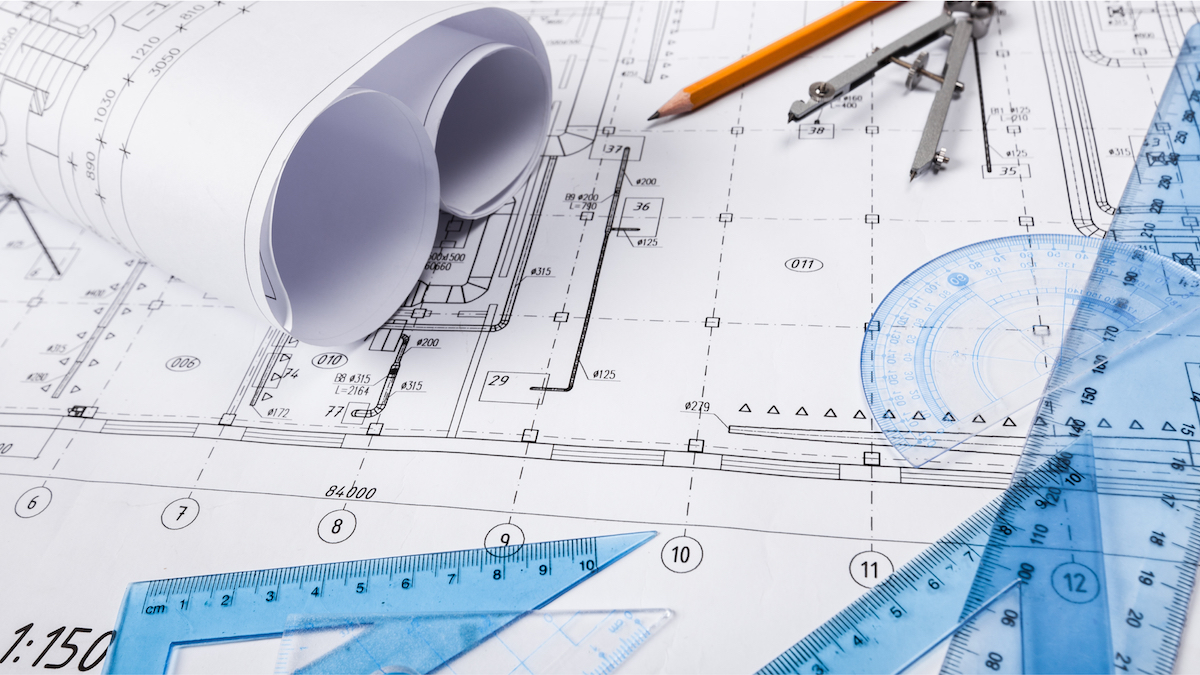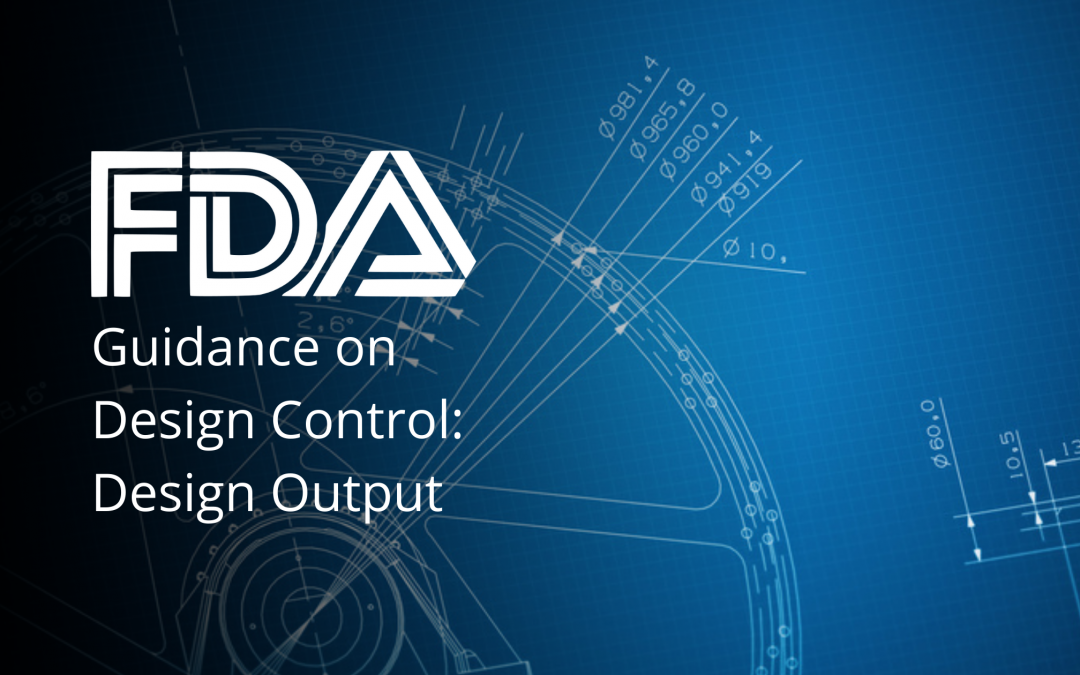The Food and Drug Administration (FDA or the Agency), the US regulating authority in the sphere of medical devices, has published a guidance document dedicated to design control. The scope of the document covers such aspects as design input and design output. The guidance is intended to describe an approach suggested by the Agency, and does not introduce new rules or requirements itself. Furthermore, an alternative approach could be applied, provided such an approach complies with the applicable regulatory requirements and has been approved by the FDA in advance.

Table of Contents
Regulatory Requirements
The regulatory requirements for design output set forth under the existing legislation emphasize the following:
- Any and all medical device manufacturers are obliged to duly implement the procedures for defining and documenting design output in terms that allow an adequate evaluation of conformance to design input requirements;
- The aforementioned procedures should outline the acceptance criteria applied, which should also be aligned with the intended purpose of the device and the way it should function;
- Design output shall be duly documented, reviewed, and approved before release;
- The approval, including the date and signature of the individual(s) approving the output, shall be documented.
Terms and Definitions
The document further provides the definitions of the key terms and concepts used in the context of design output and regulatory framework associated thereto. In particular, the guidance provides the definitions of the following terms:
- Design output stands for the results of a design effort at each design phase and at the end of the total design effort. In this regard, it is also important to distinguish finished design output and the total finished design output: the first serves as a basis for a master record, while the second includes a master record, together with the medical device itself, as well as its packaging and labeling.
- Specification stands for the description of requirements the device or activity associated thereto should comply with.
Key Points
In order to assist medical device manufacturers in complying with the applicable regulatory requirements for design control in general and design output in particular, the FDA outlines the most important aspects to be taken into consideration. According to the documents, design output should be expressed in terms that allow adequate assessment of conformance to design input requirements and should identify the characteristics of the design that are crucial to the safety and proper functioning of the device. Thus, it is important to distinguish the elements which constitute the design output and also decide on a suitable form and content. The authority mentions that the element that is a design output for a particular design stage could be later used as design input for the next stage.
Design Descriptive Materials
Under the general rule, design output stands for the description of the design of a medical device, including the appropriate specifications and related materials.
Production specifications are one of the most important concepts used in the context of design output. According to the document, the scope of production specifications covers various descriptive materials containing information and requirements related to a medical device itself, its packaging and labeling, and also the processes and procedures associated thereto. For instance, it could include:
- Assembly drawing;
- Component and material specification;
- Production and process specification;
- Software machine code;
- Work instructions;
- Quality assurance specifications and procedures;
- Installation and servicing procedures;
- Packeting and labeling specifications, including methods and processes, used.
As mentioned, production specifications could appear in various forms. According to the approach employed by the FDA, it’s not the form in which the information is provided but the content and its intended purpose that should be considered when determining whether the particular elements constitute a part of design specifications. For instance, a production specification could be provided not as a paper document but as software intended to operate computer-aided equipment used to manufacture medical devices. The media contacting such software would also be considered design output, despite having a different form. The same applies in the case of assembly instructions are provided not in the form of a description as a text but as a video recording demonstrating the assembly process in detail. According to the applicable requirements, such materials are also considered design output as they are intended for the same intended purpose.
Apart from production specifications, other descriptive materials could constitute design output. Some of them could not be used in further processes, such as materials intended solely to ensure compliance with the applicable regulatory requirements. For instance, a description of a component to a medical device used to produce such components constitutes an element of the design output. Moreover, in the course of design development, the manufacturer shall carry out numerous verifications and testing in order to ensure the device complies with the applicable regulatory requirements. The particular scope of these requirements would depend on the nature of the device and specific risks associated thereto. As it is stated in the present guidance, examples of design output that are not directly related to production processes and procedures include, inter alia, the following ones:
- The results of risk analysis;
- Software source code;
- Results of verification activities;
- Biocompatibility test results;
- Bioburden test results.

Design Output From and Content
As mentioned, the content of design output plays an important role and should be taken into consideration by medical device manufacturers. According to the guidance, manufacturers must take steps to assure that the design output characterizes all important aspects of the design and is expressed in terms which allow adequate verification and validation. It is stated that the aforementioned goal could be achieved in two ways:
- Predetermining the form and content of design output from the very beginning. In particular, the manufacturer may refer to the regulatory requirements prescribed by the applicable standards. However, the manufacturer can also simply outline the requirements to be followed or refer to a similar document issued before as an example;
- Performing a review of the form and content in the course of the following verification process. In such a case, the manufacturer will assess whether the design output received complies with the applicable requirements.
In summary, the authority states that there are no specific requirements with regard to design output that would create an additional regulatory burden for medical device manufacturers, while the approach to be applied should be based on developing and implementing all the processes and procedures in a consistent and reasonable way.
The present FDA guidance highlights the most important aspects associated with the design output and the way it should be treated by medical device manufacturers in order to ensure that final medical devices comply with the applicable safety and performance requirements. The document describes different types of design output materials, provides additional information regarding their intended purpose and features, and also pays special attention to their form and content.
Sources:
How Can RegDesk Help?
RegDesk is a next-generation web-based software for medical device and IVD companies. Our cutting-edge platform uses machine learning to provide regulatory intelligence, application preparation, submission, and approvals management globally. Our clients also have access to our network of over 4000 compliance experts worldwide to obtain verification on critical questions. Applications that normally take 6 months to prepare can now be prepared within 6 days using RegDesk Dash(TM). Global expansion has never been this simple.


